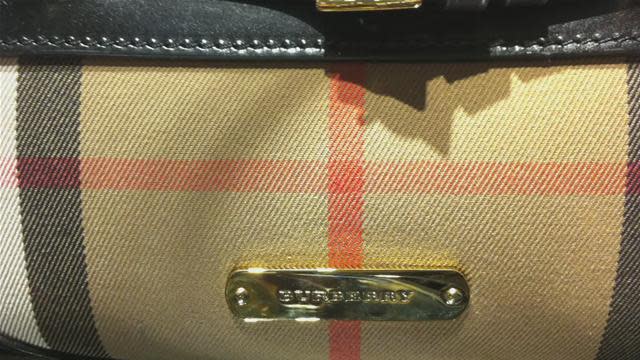How to Spot Fake Luxury Goods

Counterfeiting products has gotten so bad that some luxury brands have an entire section of their website dedicated to explaining how to spot the real thing, ABC News says.
Some show how to identify fakes based on where the product is sold and how it’s described, while others highlight the physical differences between the real thing and knockoffs. Ideally, they tell you both.
Online stores can imitate the real thing easily with fake photos or a copied Web design, but it’s harder to imitate the quality in the actual product. But to assess quality, you need the item in hand, and that usually means paying for it first.
Callaway, which makes luxury golf clubs, warns consumers against too-good-to-be-true deals, especially on auction websites. In particular, watch out for the common claim that the seller won them in a giveaway or received them as an unneeded gift. If you have a club in your hands, you can test it by tapping the carbon composite section of the head with a key or coin. A metallic sound suggests it’s fake.
Ugg is known for its boots, but has a Web page for spotting fakes of all kinds. It links to a list of authorized sellers; if a “discount” seller isn’t on it, it’s probably not legit. The page also has pictures that show how sewn-in labels and stickers should change color as you tilt them, or (in newer versions) have a logo with a sliding 3-D effect as you tilt.
For leather handbags, experts suggest a hands-on approach. The leather should be dry and supple, not sticky or stiff. Check the stitching and lining color against pictures of the real thing, and reject any bag with flaws like a misaligned zipper or loose thread.
And with rare vintage wines, the bottle itself may be the giveaway. Older bottles have flaws in the glass like visible seams and bubbles, while modern technology has made improvements over time. Aged wines should also not be completely full because of years of evaporation.
This article was originally published on MoneyTalksNews.com as 'How to Spot Fake Luxury Goods'.

 Yahoo Finance
Yahoo Finance 